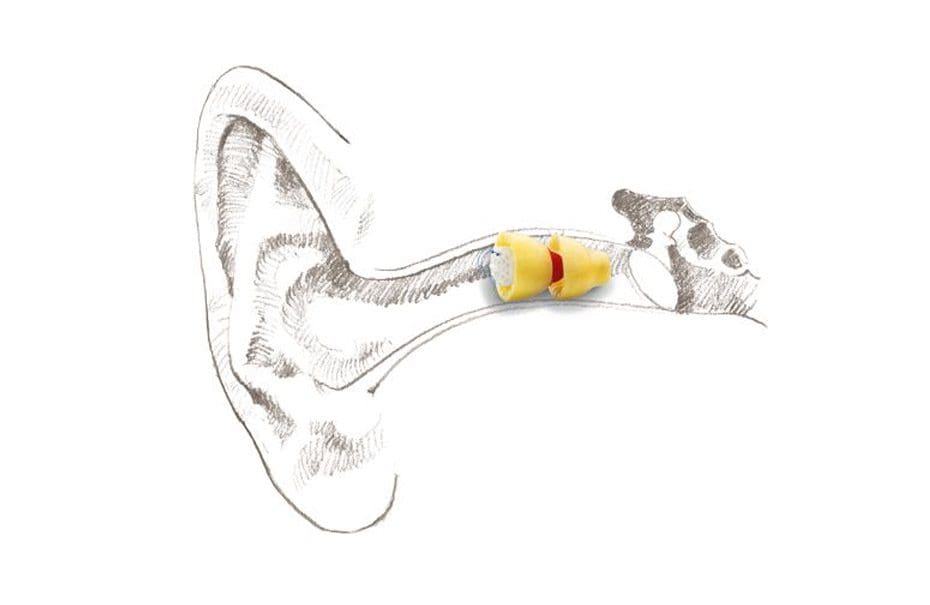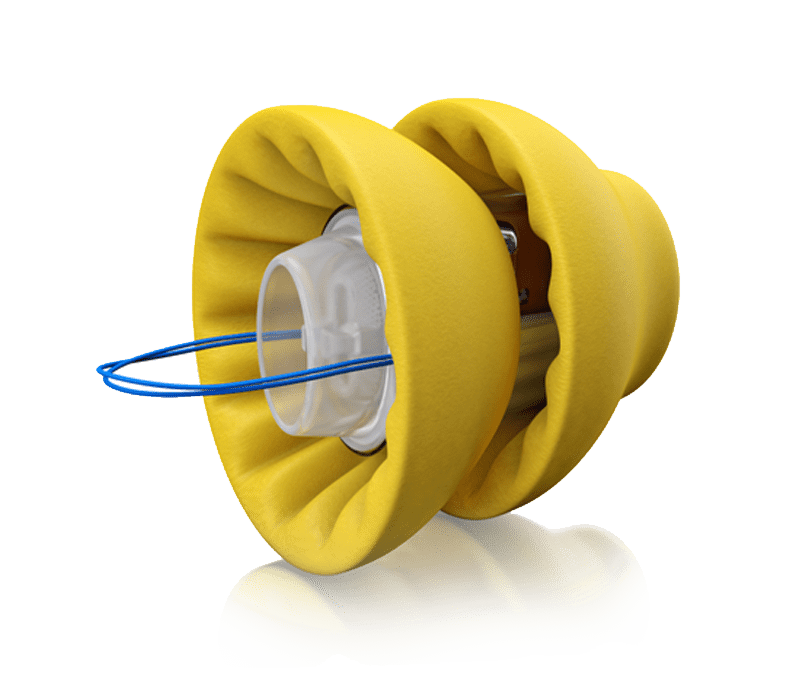

Invisible
For people with mild to moderately-severe hearing loss, using implants, means that an invisible hearing aid can be worn whilst exercising, showering, talking on the phone and even sleeping. Ask us about hearing implants. We are happy to talk you through the available options.


Latest Invisible Hearing Aids
Advances in technology enable hearing aids to now be completely hidden; for example, Lyric is a no hassle, extended wear, invisible hearing aid. Simply slotted neatly into the ear canal, it is designed to be worn 24/7 for periods of up to four months.
Its breakthrough design, for people with mild to moderately-severe hearing loss, means that this invisible hearing aid can be worn whilst exercising, showering, talking on the phone and even sleeping, without anyone knowing it’s there. Working with your ear’s natural anatomy to deliver a purer sound quality and reduce background noise.
Book Appointment
Book your appointment with one of our experienced audiologists to test your hearing and find a right solution for you.
Our Hearing Aid FAQ
What is an invisible hearing aid?
An invisible hearing aid is a type of hearing aid that is designed to be extremely discreet or even virtually undetectable. They are typically inserted deep into the ear canal, making them invisible to the casual observer.
How do invisible hearing aids work?
Like all hearing aids, invisible hearing aids work by amplifying sound to help individuals with hearing loss hear more clearly. They are custom fitted to the unique shape of your ear canal and designed to pick up sound naturally as it travels down your ear.
Who should consider invisible hearing aids?
Invisible hearing aids can be a good option for those with mild to moderately severe hearing loss who also value discretion. However, because of their small size, they may not be suitable for individuals with severe hearing loss or certain types of hearing loss. It’s best to consult with a hearing care professional to determine if they’re right for you. Book your appointment today
Are invisible hearing aids comfortable?
Many users find invisible hearing aids to be quite comfortable once they get used to them, largely due to their custom fit. However, comfort levels can vary from person to person. Some individuals may find the deep insertion into the ear canal uncomfortable at first.
Do invisible hearing aids require special care or maintenance?
Yes, like all hearing aids, invisible hearing aids require regular cleaning and maintenance to ensure they function properly. This typically involves cleaning the device with a special tool or brush and occasionally replacing the wax guard.
How much do invisible hearing aids cost?
The cost of invisible hearing aids can vary significantly based on the brand, technology level, and features. They tend to be more expensive than other types of hearing aids due to their custom fit and advanced technology.
Can invisible hearing aids be connected to other devices like smartphones or TVs?
Yes, many modern invisible hearing aids can connect wirelessly to other devices like smartphones, TVs, or music players. This allows you to stream audio directly to your hearing aids, but this feature is not available on all models.
What happens if my invisible hearing aid gets wet?
While some invisible hearing aids are water-resistant, they are generally not waterproof. It is recommended to remove your hearing aids before showering, swimming, or participating in activities where they could get wet. If your hearing aids do get wet, turn them off and dry them out as quickly as possible.
